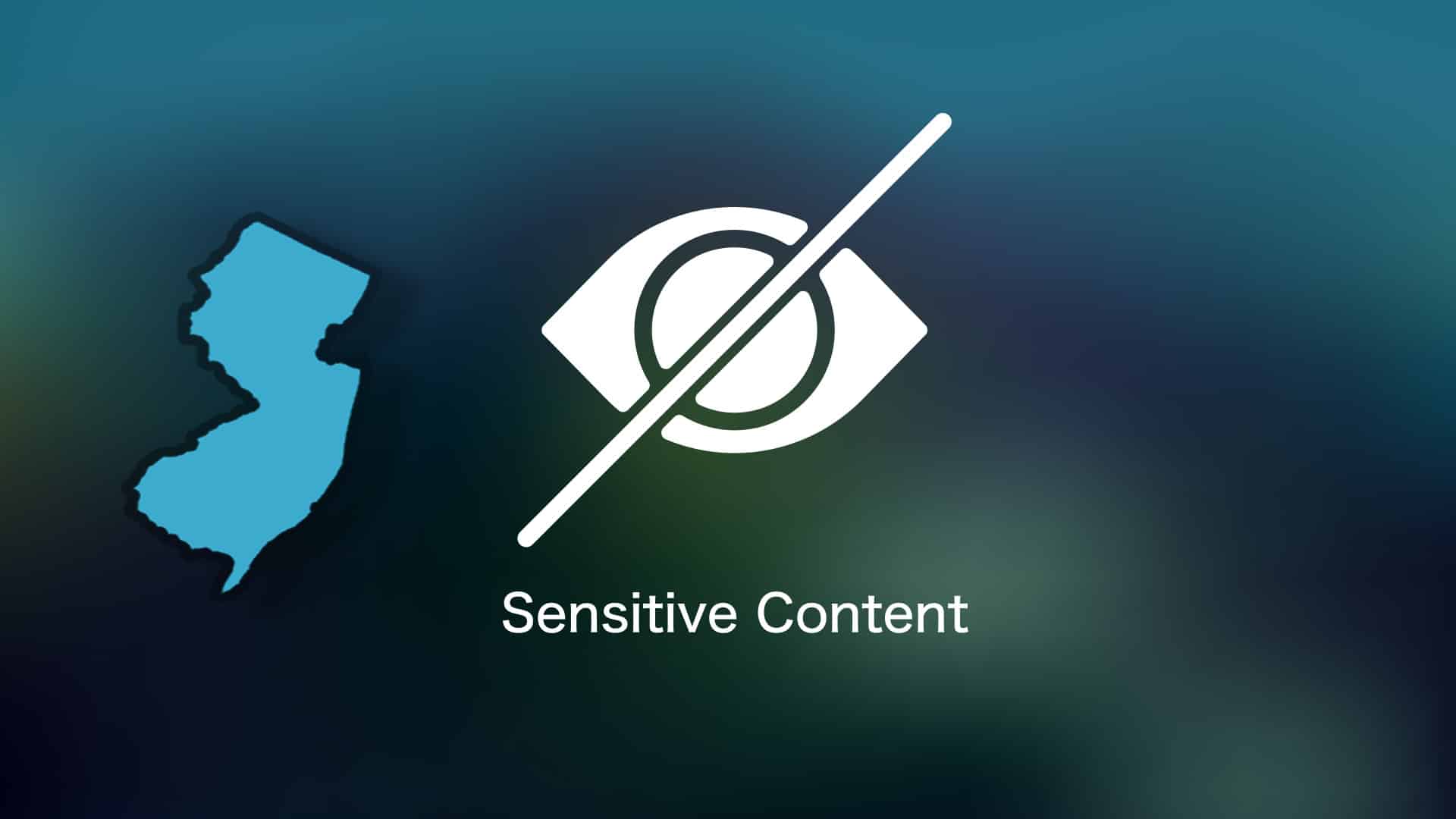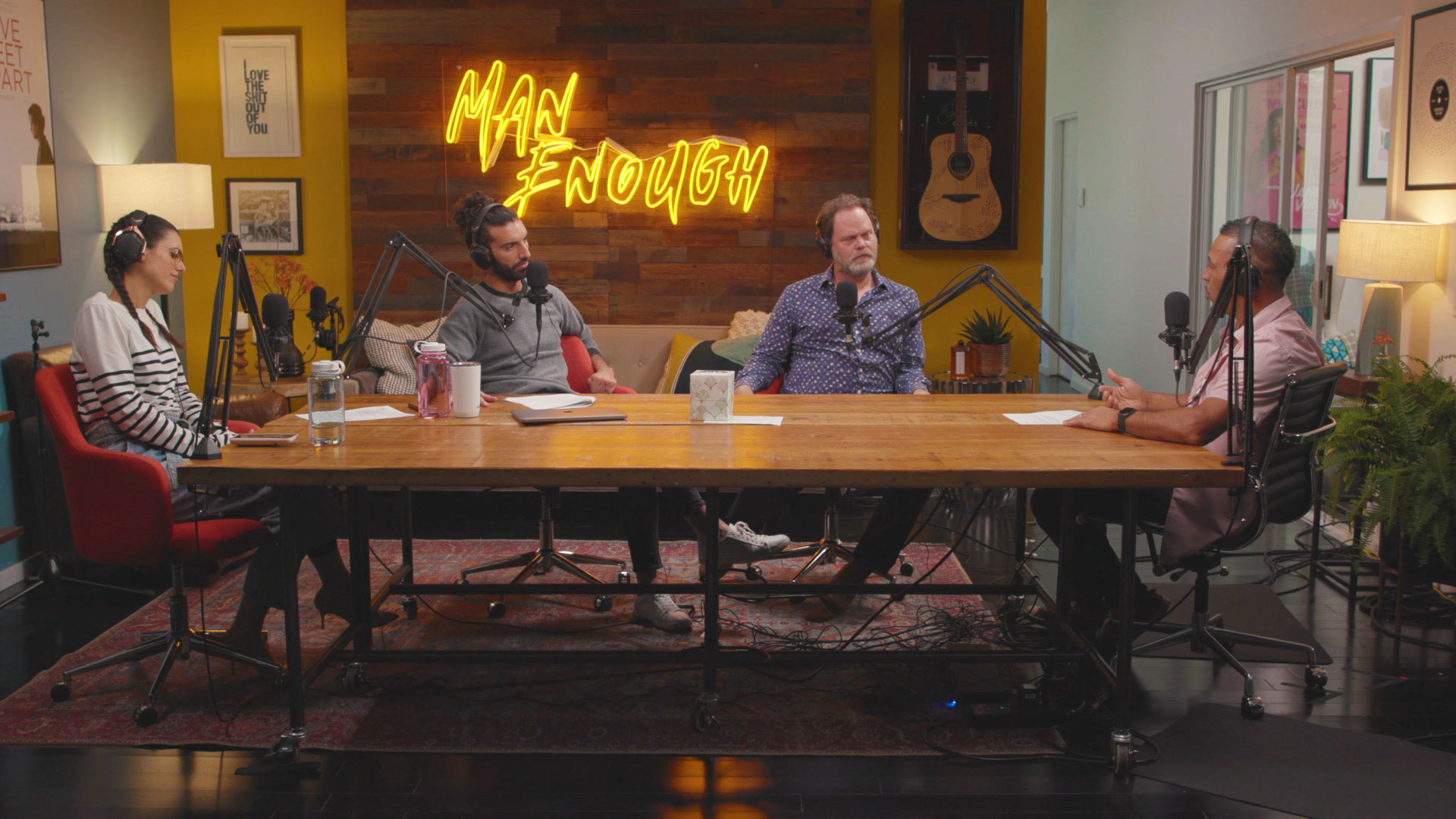Gif Phub Exploring Online Adult Content
Gif phub, a term increasingly prevalent in online discussions, refers to sexually explicit GIFs often shared across various platforms. This phenomenon raises significant concerns regarding its creation, distribution, and impact on users. Understanding the nuances of “gif phub” requires examining its context within online culture, its prevalence across different demographics and platforms, and the legal and ethical considerations it entails.
The proliferation of “gif phub” is facilitated by advancements in technology, particularly the ease of GIF creation and dissemination through social media. This article delves into the psychological effects of consuming such content, the potential for exploitation and non-consensual sharing, and the role of technology in both its creation and suppression. We will also analyze the legal landscape surrounding “gif phub” and explore strategies for identifying and mitigating its harmful effects.
Understanding Gif Phub
The term “gif phub,” a portmanteau of “GIF” and “phubbing” (phone snubbing), refers to the act of using or sharing sexually suggestive GIFs, often during social interactions, to the detriment of face-to-face engagement. It signifies a form of digital distraction and potentially disrespectful behavior. The term’s connotations range from playful to overtly disrespectful, depending on context and intent. It can be used humorously among friends or critically to highlight inconsiderate behavior.
Meaning and Context of “Gif Phub”
In online culture, “gif phubbing” describes the act of showing someone a sexually explicit GIF instead of engaging with them directly. This can occur in various online spaces, from instant messaging applications to social media platforms. The act often implies a lack of respect for the other person’s time and attention. The term’s interpretation varies; some see it as harmless fun, while others view it as a form of disrespect and a potential contributor to unhealthy online interactions.
Examples of “Gif Phub” Usage
Examples of “gif phubbing” include sending unsolicited sexually suggestive GIFs during a video call, sharing inappropriate GIFs in group chats, or using GIFs to avoid meaningful conversations. The context heavily influences the interpretation; a GIF shared amongst close friends might be considered playful, whereas the same GIF sent to a stranger or someone with whom one has a professional relationship would likely be deemed highly inappropriate.
Synonyms and Related Terms
Several terms relate to “gif phubbing,” highlighting its various aspects. These include:
- Digital phubbing
- NSFW GIF sharing
- Inappropriate GIF usage
- Online sexual harassment (in severe cases)
Prevalence and Distribution of “Gif Phub” Content
Precise data on the frequency of “gif phub” content is difficult to obtain due to the nature of its often private and unregulated distribution. However, anecdotal evidence and reports suggest its prevalence across various platforms, particularly those emphasizing visual communication.
Hypothetical Distribution Across Age Demographics
A hypothetical visualization would likely show higher prevalence among younger age groups (18-35), reflecting trends in social media usage and online communication styles. Older demographics might show lower prevalence, although this is not definitive and would require robust research. The visualization would likely be a bar chart, with age ranges on the x-axis and frequency of “gif phubbing” instances on the y-axis.
Platforms for “Gif Phub” Content
Platforms like messaging apps (WhatsApp, Telegram), social media (Twitter, Reddit, certain subreddits), and image-sharing sites (Imgur, Giphy) frequently host and facilitate the sharing of GIFs, making them potential spaces for “gif phubbing” to occur. The ease of sharing and anonymity provided by some platforms can contribute to its prevalence.
Prevalence Compared to Other Adult Content
Quantifying the exact prevalence of “gif phubbing” compared to other adult content is challenging. However, a hypothetical table illustrates a potential comparison:
| Content Type | Prevalence (Hypothetical Ranking) | Platform Concentration | Accessibility |
|---|---|---|---|
| Pornographic Videos | High | Dedicated adult sites | Restricted |
| Explicit Images | High | Various platforms, often hidden | Variable |
| Sexually Suggestive GIFs (“Gif Phubbing”) | Medium-High | Messaging apps, social media | Variable, often less restricted than videos |
| Nude Images/Selfies | Medium | Private messaging, social media | Variable, often shared privately |
The Impact of “Gif Phub” Content on Users
The impact of “gif phubbing” can range from mild discomfort to significant psychological harm. The effects depend on various factors, including the context of the interaction, the relationship between the individuals involved, and the nature of the GIF itself.
Psychological Effects and Risks
Potential psychological effects include feelings of humiliation, objectification, and violation. Sharing or consuming “gif phubbing” material can contribute to a negative online experience and may exacerbate existing mental health issues. Risks include the potential for emotional distress, damaged relationships, and even legal repercussions if the GIF is non-consensual.
Comparison with Other Online Adult Content
Source: rocketcdn.me
While “gif phubbing” shares similarities with other forms of online adult content in its potential for harm, its context often distinguishes it. Unlike dedicated pornography, “gif phubbing” frequently occurs within existing relationships or social contexts, making the violation of trust and expectation a more prominent factor.
Negative Consequences for Individuals Involved
Negative consequences for creators and distributors of non-consensual “gif phub” content can include legal charges related to harassment, invasion of privacy, or distribution of intimate images without consent. For those who share such content, reputational damage and social ostracism are also potential outcomes.
Legal and Ethical Considerations of “Gif Phub”
The legal and ethical implications of “gif phubbing” are complex and depend heavily on the specific circumstances. The key factors are consent, context, and the nature of the content.
Legal Implications, Gif phub
Creating, distributing, or consuming “gif phub” content can have legal ramifications if it violates laws related to harassment, invasion of privacy, revenge porn, or the distribution of child sexual abuse material (CSAM). Non-consensual sharing of intimate images is illegal in many jurisdictions.
Legal Ramifications of Non-Consensual Content
Sharing non-consensual “gif phub” content carries severe legal penalties, including hefty fines and imprisonment, depending on the jurisdiction and the severity of the offense. Victims can pursue civil lawsuits for damages.
Ethical Concerns
Ethical concerns center around the exploitation and objectification inherent in some forms of “gif phubbing.” The lack of consent, the potential for humiliation, and the disruption of healthy communication are key ethical issues. The use of GIFs to manipulate or coerce individuals is also deeply unethical.
Relevant Laws and Regulations
Laws vary by jurisdiction, but relevant legislation often includes those addressing harassment, cyberstalking, revenge porn, and the distribution of non-consensual intimate images. Specific laws concerning online harassment and the protection of privacy should be consulted based on location.
The Role of Technology in “Gif Phub” Consumption and Creation
Technological advancements have significantly influenced the creation and spread of “gif phubbing.” The ease of GIF creation and sharing across various platforms has contributed to its prevalence.
Obtain recommendations related to 24h unblocked games that can assist you today.
Technological Advancements
The development of easy-to-use GIF creation tools and the widespread adoption of social media and messaging apps have made creating and sharing GIFs, including those of a sexually suggestive nature, significantly easier. This ease of access contributes to the spread of “gif phubbing”.
Role of Social Media Algorithms
Social media algorithms play a complex role. While some platforms actively work to remove explicit content, others may inadvertently amplify “gif phubbing” through recommendations and trending topics, depending on their content moderation policies and algorithms.
Methods of Detection and Removal
Platforms utilize various methods to detect and remove “gif phubbing” content, including automated systems that scan for explicit imagery and user reports. However, the effectiveness of these methods varies across platforms and the constant evolution of methods used to circumvent detection presents a challenge.
Technological Tools for Creation and Editing
Numerous tools facilitate GIF creation and editing. These include:
- Online GIF makers (Giphy, Imgflip)
- Video editing software (Adobe Premiere Pro, Final Cut Pro)
- Mobile apps (GIF maker apps)
Ultimate Conclusion: Gif Phub
The rise of “gif phub” highlights the complex interplay between technology, online culture, and the potential for exploitation. While technological advancements have made the creation and sharing of such content easier, it is crucial to address the ethical and legal ramifications. Continued vigilance, platform accountability, and user awareness are vital in mitigating the harmful consequences associated with “gif phub” and promoting a safer online environment.
Further research is needed to fully understand the long-term impact of this type of online content.






